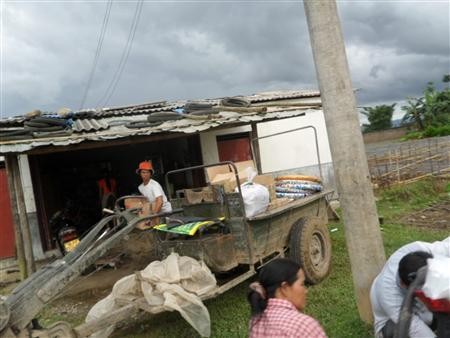Since the eruption of conflict between ethnic groups and the Myanmar state military near the Myanmar-China border just days away from Myanmar's Union Day celebrations, a second attack on a Red Cross vehicle occurred on Sunday.
The attack, which was adamantly denied by the Kokang militia, was inflicted amid the ongoing movement of tens of thousands of Myanmar war refugees into China.
In contrast to the events that have unfolded, the Burmese government was actually aiming to finalize a peace agreement that would impact across the nation and lead to a cease-fire situation. According to reports, it was hoped that all of Myanmar's numerous rebel militia groups would be involved with a peace deal on the national holiday.
However, ethnic-force opposition emerged in the form of the Myanmar National Democratic Alliance Army (NDAA), which launched an attack against government military forces near the town of Laukai on Feb. 9.
Meanwhile, scores of refugees are looking toward nearby China, fleeing a Burmese home that has been rocked by fearsome conflict. The border is considered porous, leading to a massive refugee exodus--which also consists of Chinese businesspeople--that is headed into China's Yunnan Province.
According to Yun Sun, of U.S.-based think tank, the Henry L Stimson Center, the influx "aggravates China's negative outlook for the prospects of security and stability in the region," while also fueling suspicions that the White House is exerting an increasing influence in Myanmar.
While the magnitude of the NDAA's firepower has raised questions about secretive support from Beijing, China's position was made clear in an editorial last week, in which Chinese forces were instructed to "stay sober and avoid any premature stance or interference in northern Myanmar affairs."
On the Burmese side of the border, President Thein Sein made a commitment to the maintenance of every single "inch" of the country's territory.



























